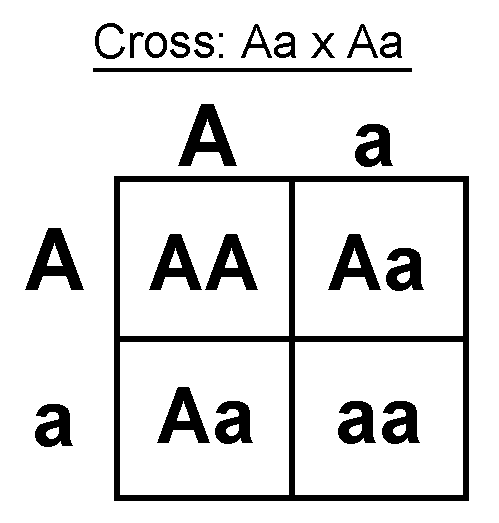Survival of the Sickest Ch.6 Summary:
The first vaccines were discovered by a man named Edward Jenner, an eighteenth century doctor. A common disease was cowpox, which many milkmaids had from being around cows. He found that they were immune to smallpox so he then infected a different group of people with cowpox, and found that they were also immune to smallpox. From here, the first vaccine was born. The word vaccine comes from the Latin word
vacca, meaning cow, and the Latin name
vaccina, meaning cowpox.
Your body contains 46 chromosomes, 23 from your mother and 23 from your father. Within these, there are around 30,000 genes which are organized based on different traits. Although your body has so many genes, only around 3% are actually functioning. The other 97% though, contains important information about how your body works, unlike the misconception that they are "junk DNA."
A scientist named Barbara McClintock disproved another common misconception about DNA from the early 20th century. Through her research and testing on corn, she found that there are genes, which she called "jumping genes," that copy and paste themselves in different places along the chromosomes. She proved that they were actually intentional mutations, not just random. She found this because they place themselves in certain, particular places and they are triggered by outside influences. She also found that they jump to certain places more than others and they jumped at times of stress.
Another new finding within DNA and mutations is that mutations actually occur outside the germ line all the time. We had thought previously that mutations occur inside the germ line and they affect the entire population and offspring, but this is not the case. For example, Cancer, "which is uncontrolled cell growth caused by a mutation in the gene that is supposed to control growth of cancerous cells" (Moalem, 144). Of course, some forms of cancer are hereditary, but others are caused by factors outside the germ line such as smoking.

